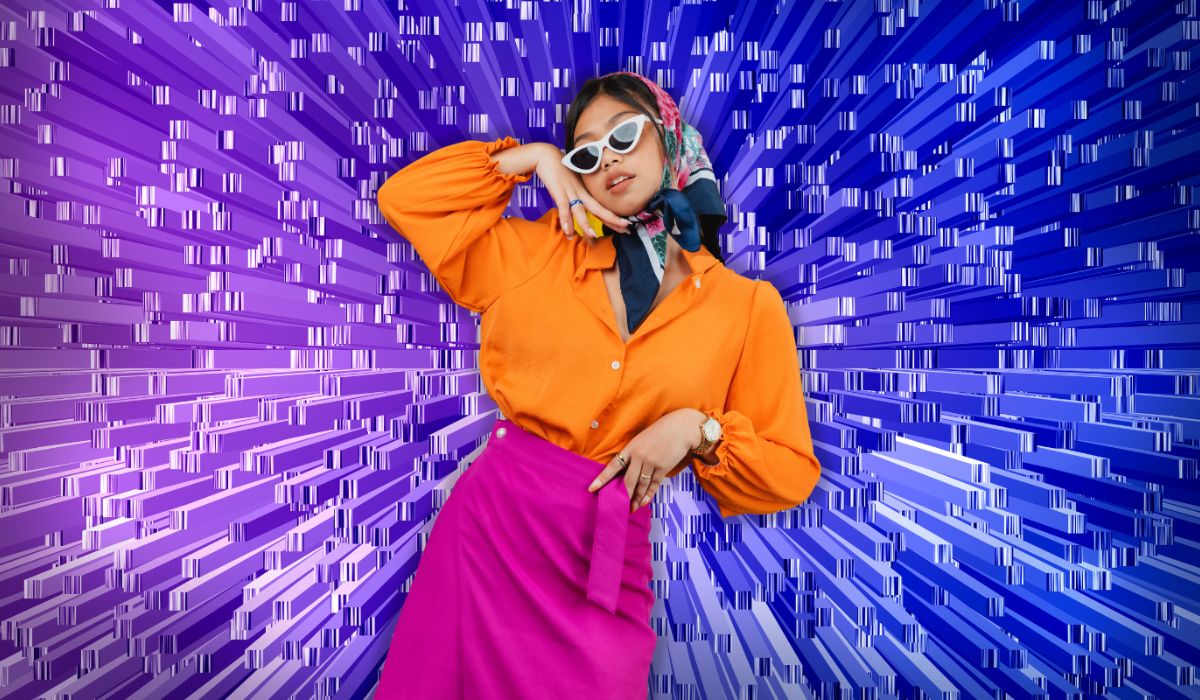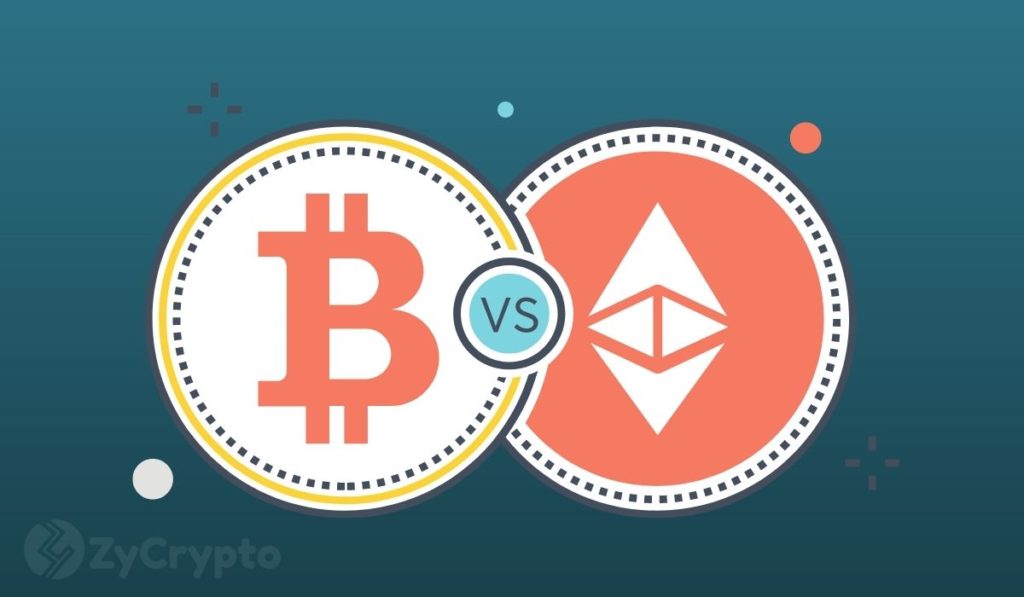
2022-9-30 22:50 |
Across the world, there are several industries that nearly everyone uses. While finance and healthcare might initially come to mind, another surprising entry is the apparel industry. The global clothing market is experiencing a growth rate of nearly 10% per year, predicted to reach an incredible $605 billion by the end of 2022.
This industry has permeated into all corners of the world, with the arrival of new technologies presenting an exciting new opportunity for expansion. Although only really trending in popularity since 2021, the metaverse has been around for quite some time. With billions of dollars poured into the metaverse and its recent popularity spike, more and more companies are now turning their sites to this digital space.
As more money is injected into building within the metaverse, businesses are increasing the number of opportunities for businesses to expand into this digital space. The apparel industry is a prime example of this, with the ability to create 3D fashion items and clothing being the perfect mix of blockchain technologies and apparel design strategies.
#Metaverse interest over time: Source.In this article, we’ll explore clothing in the metaverse, demonstrating how the apparel industry is beginning to assimilate into this new digital future.
Let’s get right into it.
How is Clothing Making the Leap to the Metaverse?One of the core functions that blockchain provides is NFT (non-fungible token) assets. An NFT is any digital asset that a user can purchase. As they are non-fungible (cannot be duplicated), they become the buyer’s sole property. Currently, NFT technology is mostly used by digital artists to sell their works online, this tech allowing them to sell their artwork despite their location instantly.
Yet, NFT technology also provides a fantastic platform for creating and distributing apparel items. Clothing leaps the metaverse through NFTs, with each unique item being minted as its own NFT. Users within the metaverse can buy an NFT clothing item and equip it to their avatar.
While the metaverse is still relatively unknown as a global technology, this is set to change in the future. As the metaverse becomes more established and more easily accessible, users will spend more and more time in this digital space. Like how the average American spends 5.4 hours each day on their mobile devices, people will begin using the metaverse as their primary form of online entertainment.
The relative interest in metaverse clothing will increase with the movement toward more time on the metaverse. This provides a huge point of potential intrigue and future commercial success for retail and clothing brands. By making metaverse clothes available ahead of time, companies within the apparel space are in a prime position to take advantage of the movement online.
Over the next few years, we’ll likely see an influx of clothing and apparel brands switching to offering metaverse clothing. That said, a few massive names in the world of clothing and apparel have already leapt.
Brands like Nike, Gucci, Louis Vuitton, Adidas, Forever 21, and many more international brands have already begun developing NFT clothing to sell within the metaverse. Looking at one of these companies above, Adidas, they have bought a virtual property in the metaverse game The Sandbox. From there, they then began to produce Adidas collections within the metaverse.
Companies that have already progressed into this digital space make fantastic examples of the transition already occurring. NFT technology allows these brands to rapidly mobilize into the metaverse, diversifying their offerings and creating a whole new monetary stream for apparel brands.
Between Reality and the MetaverseWhile many companies, like those mentioned above, have already launched directly into the metaverse, others and finding a middle ground. On the 12 of September, Vogue released a live fashion experience. At one of their runway events celebrated its 130th year, they partnered with Snap to allow users to put augmented reality filters onto their appeal event.
The augmented reality filters would create virtual additions to the stage by aiming a camera at their runway. From petals falling in time with certain looks to a border of tropical flowers, the fashion event was illuminated and improved with this virtual technology’s introduction.
In line with the blurred line between reality and fiction, they also included VR filters that allowed absolutely anyone to try on eight of their catwalk designs. These virtual dresses and designs automatically latched on to anyone that used them, allowing people to take photos and seem like they were wearing the real designs.
This event by Vogue demonstrates that large-scale fashion brands are already dipping their toes into VR. The movement to the metaverse and the production of NFTs for users isn’t that much of a jump, with the overwhelming success of this event furthering Vogue’s interest in the metaverse.
The Apparel Industry Is Partnering with Other Market Leaders in the Metaverse SpaceClothing isn’t the only industry that has succeeded in the metaverse over the past few years. Some fashion brands are partnering with other trending aspects of the Metaverse, like the gaming industry, to blend into this virtual environment more naturally. Working together, apparel and gaming have forged a useful partnership, both having huge audiences to market to.
The apparel industry has even noticed the gaming field’s apt audience, with some companies using gamification to help them transition into this digital space. For example, Decentral Games’ ICE Poker has developed a range of wearable NFTs. These NFTs are awarded to players throughout the game, providing a further incentive to play.
Their movement toward NFT prizes demonstrates the value those interested in the metaverse find within digital apparel. The mixture of NFTs and gaming is nothing new, with the entire Play-to-Earn industry founded, in part, by this combination. Considering NFT apparel’s effectiveness in games, it’s not a stretch to move this industry into the metaverse as a whole.
As we’ve seen with many fashion brands, the metaverse is shaping to be tomorrow’s digital space.
Final ThoughtsAs the metaverse continues to hit stride after stride, growing in user base and gaining further public attention, more and more businesses are moving toward this digital space. While certain industries like gaming have already been using NFT technologies to reward players in the metaverse for quite some time, the fashion industry is only getting started.
With the hype surrounding the metaverse over the past few years, fashion brands have started to take notice and release apparel collections into the metaverse. Piggybacking off NFT technologies, this new balance between creating digital clothing and wearing it within the metaverse is turning heads worldwide.
Over the next few years, as more fashion brands begin to produce virtual clothing and the metaverse grows in popularity, this space will become a great point of income for apparel brands. As an industry that has an international reach, its implementation and success in the metaverse seem boundless.
origin »Vice Industry Token (VIT) на Currencies.ru
|
|





















